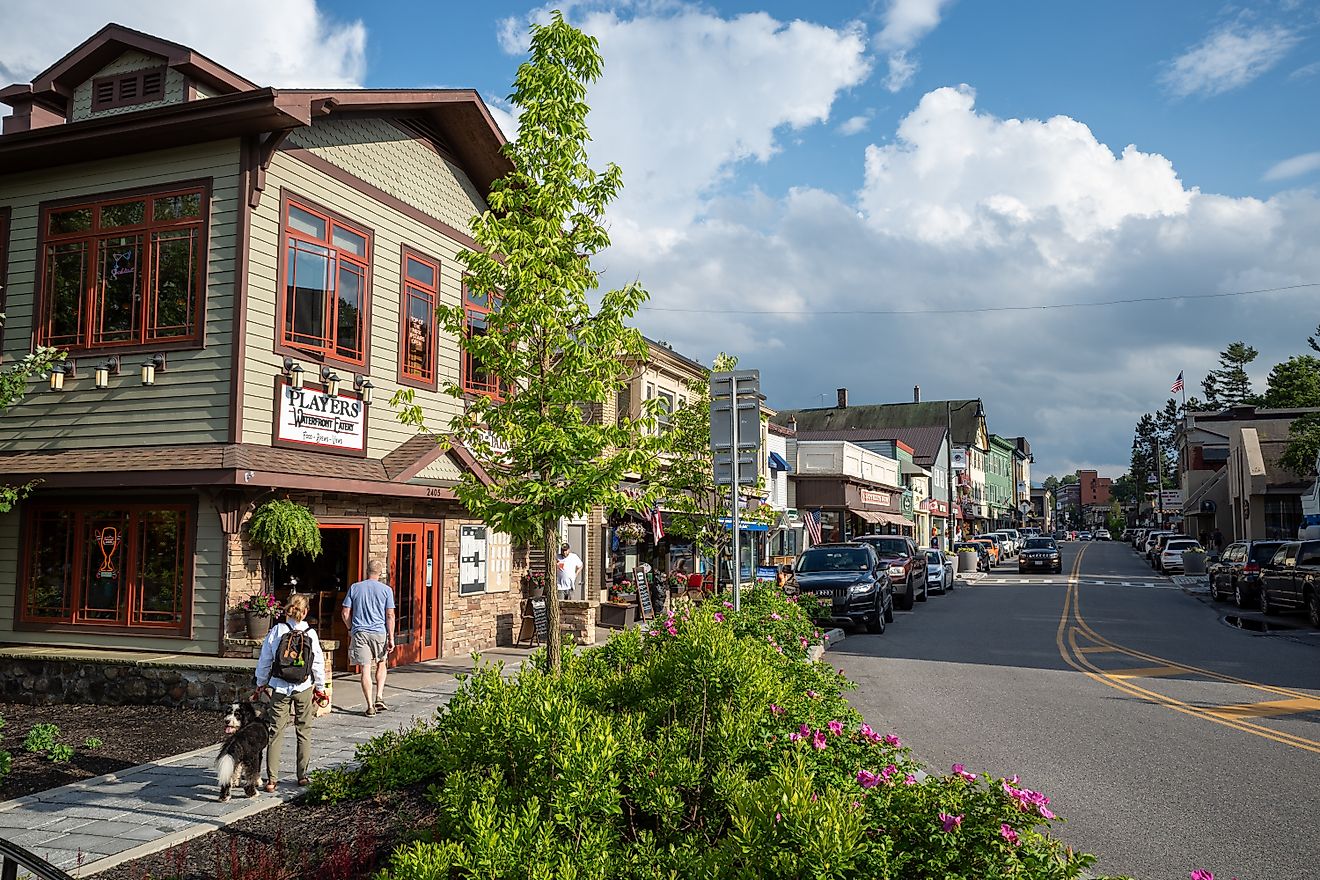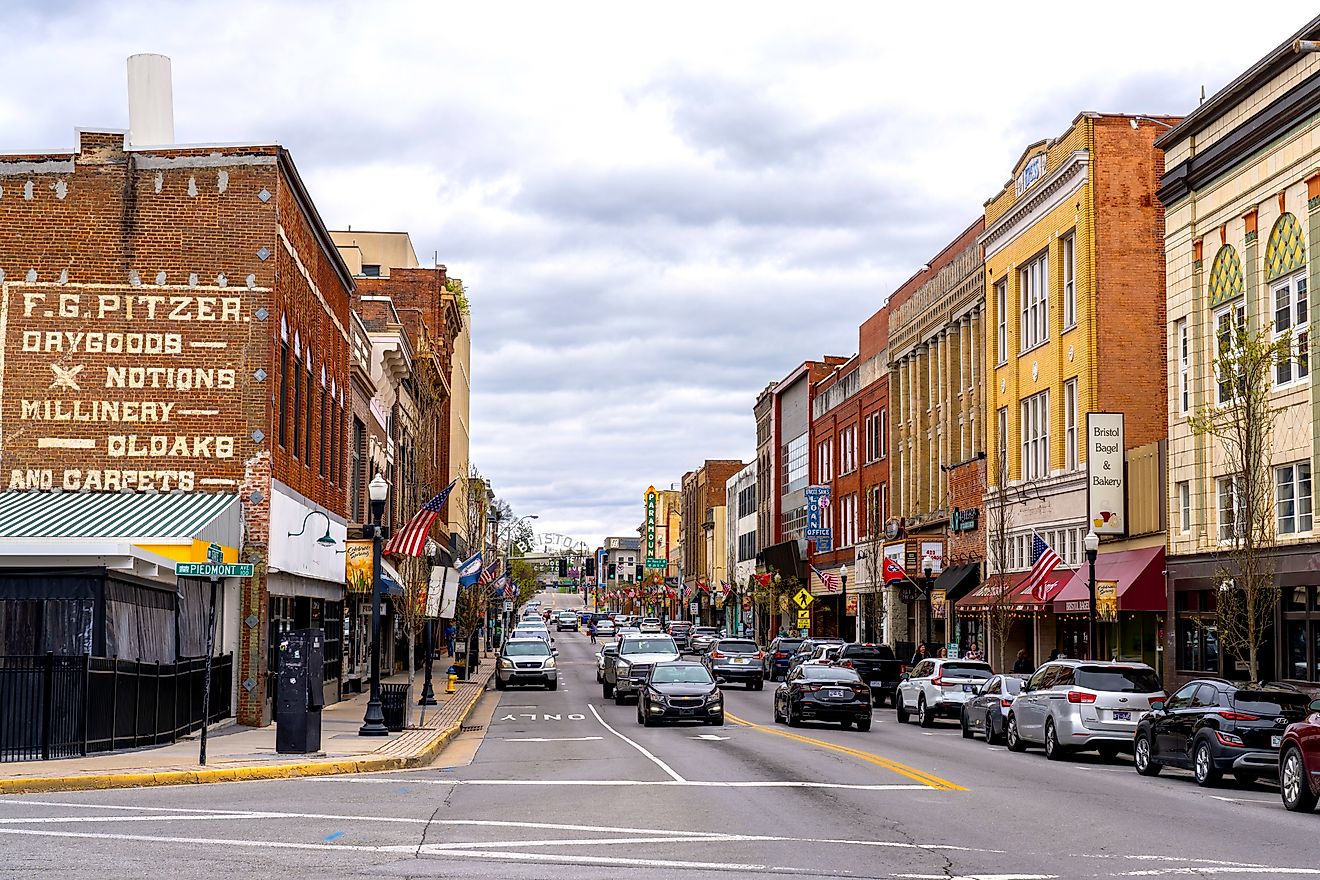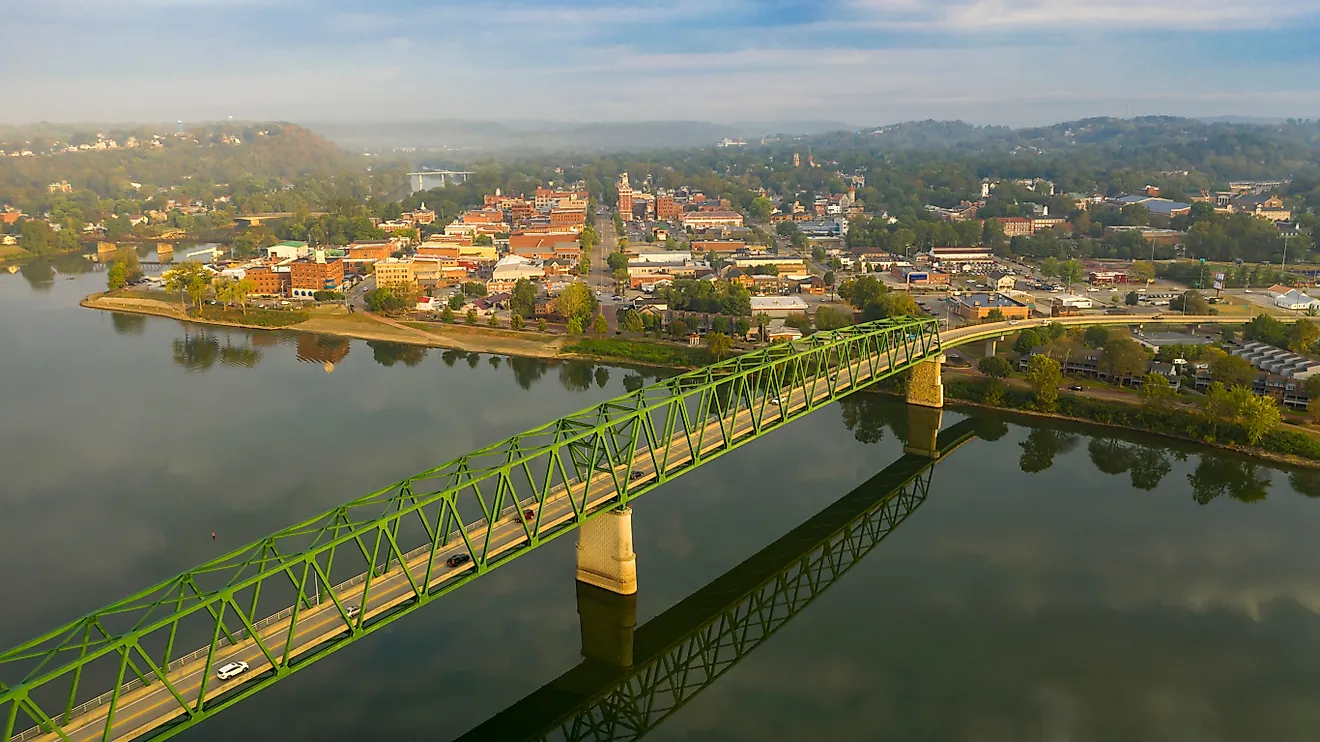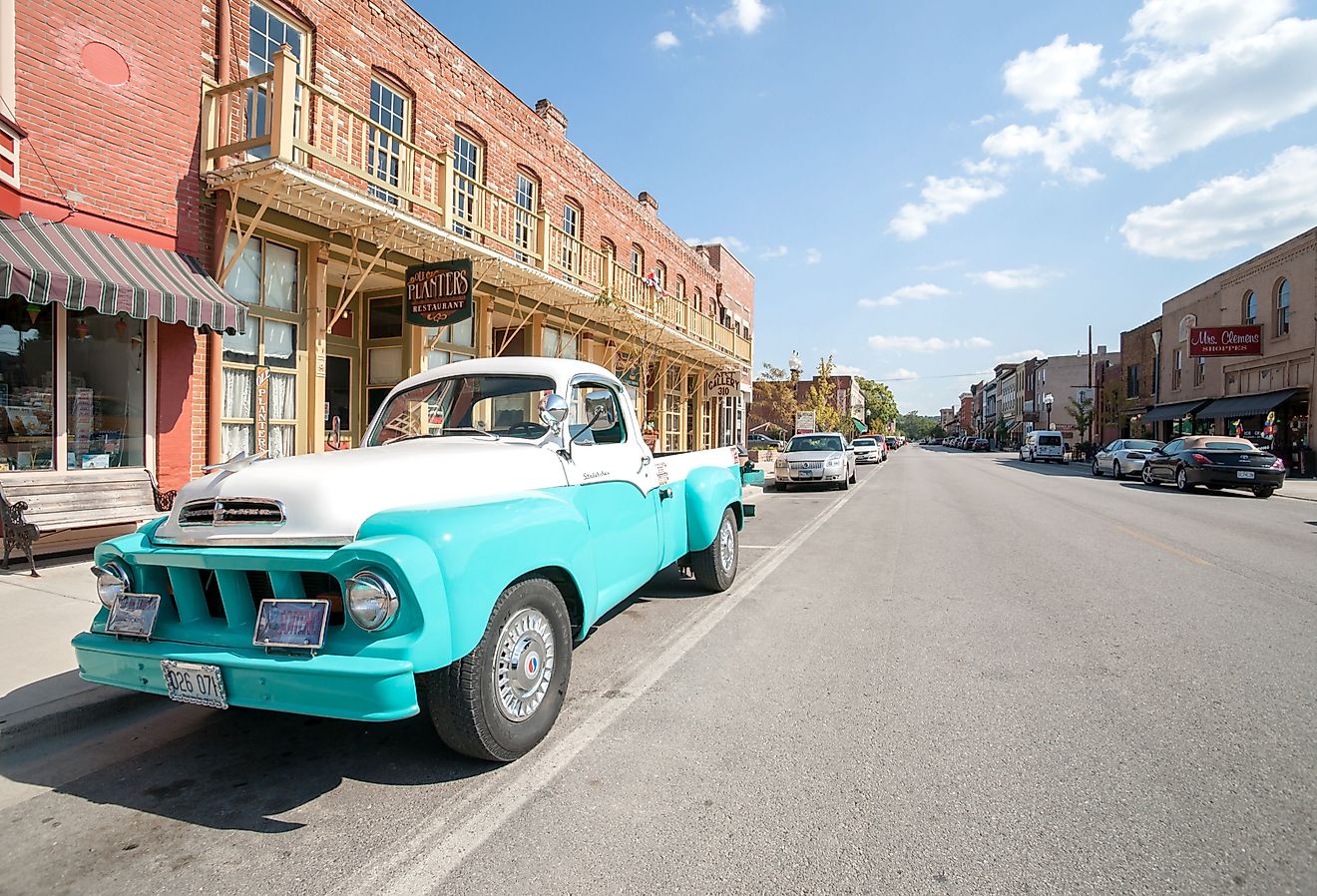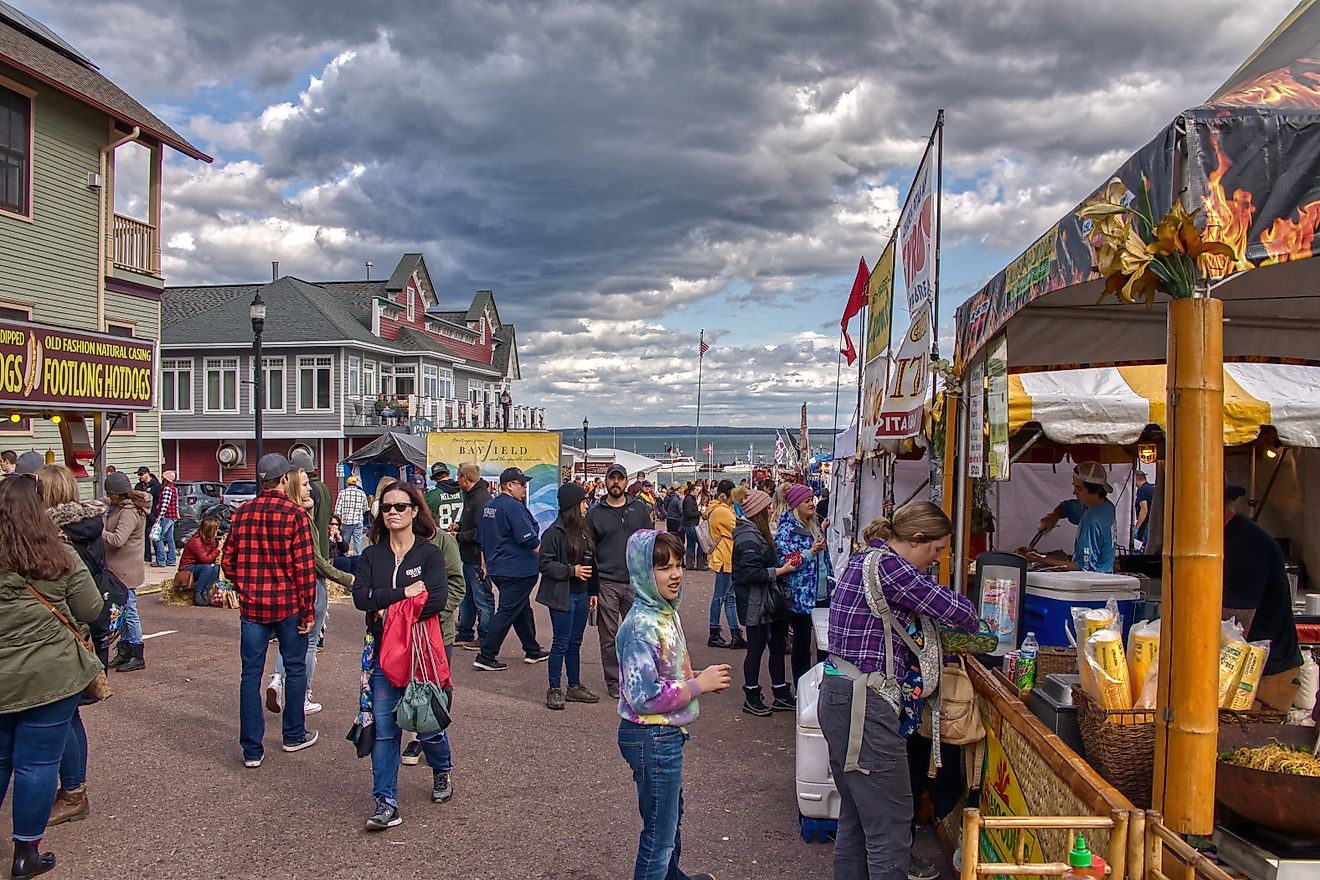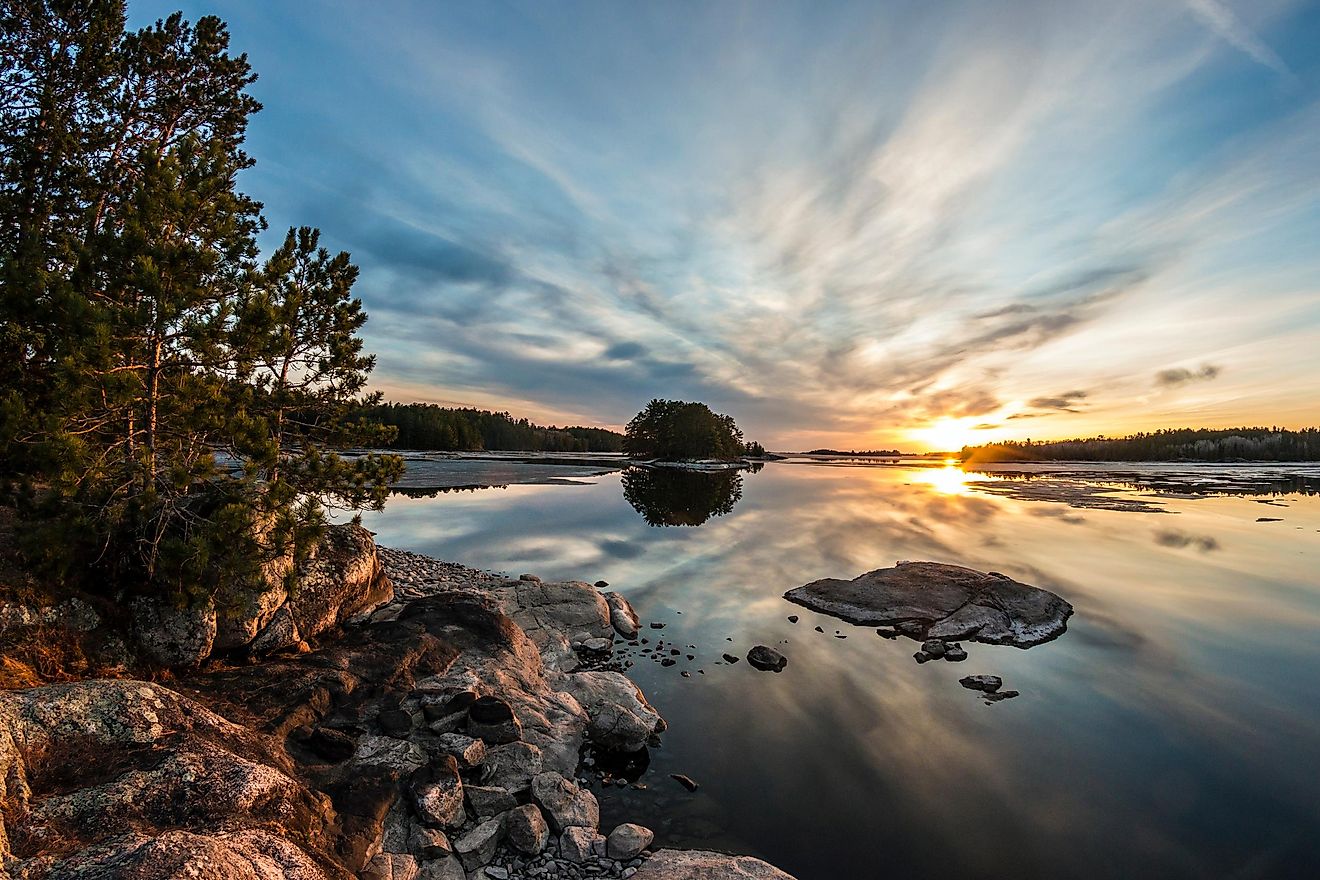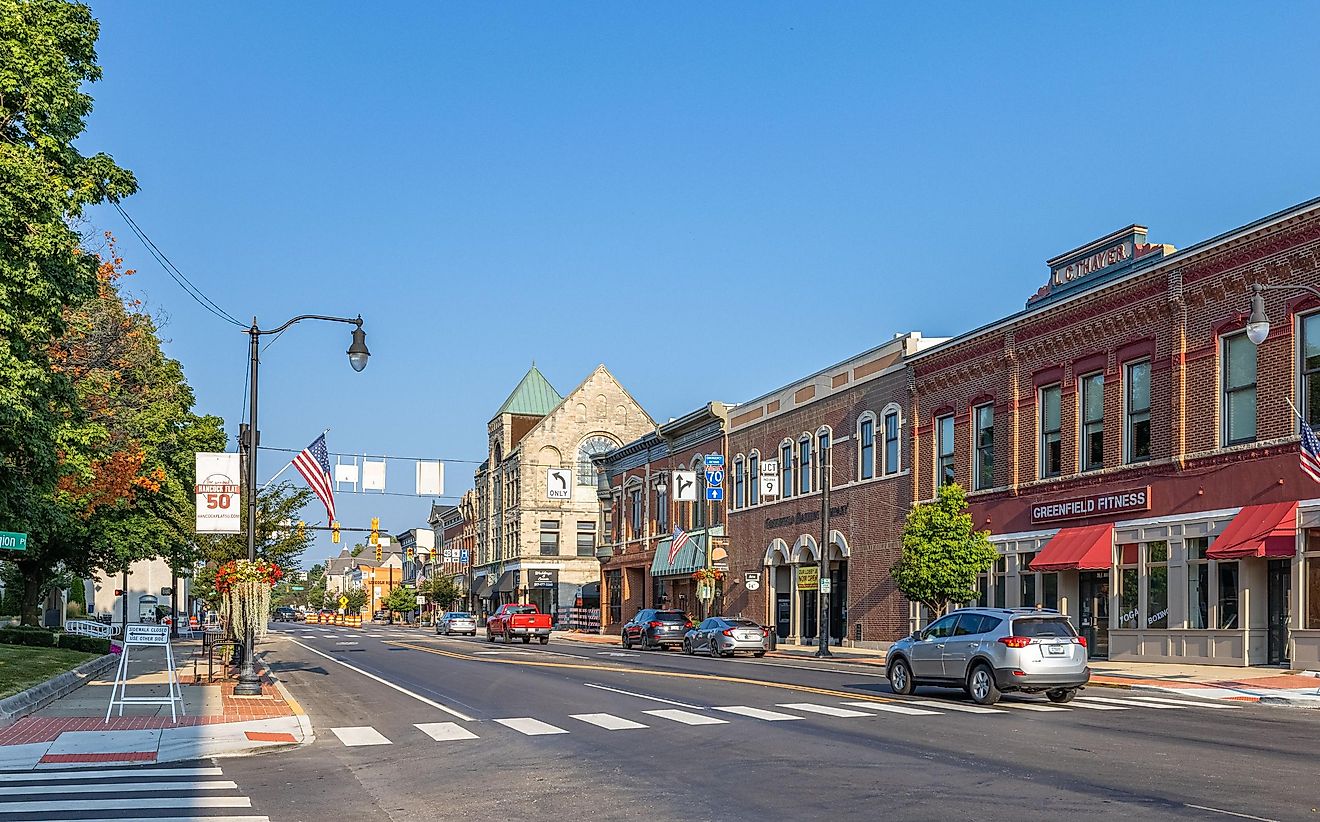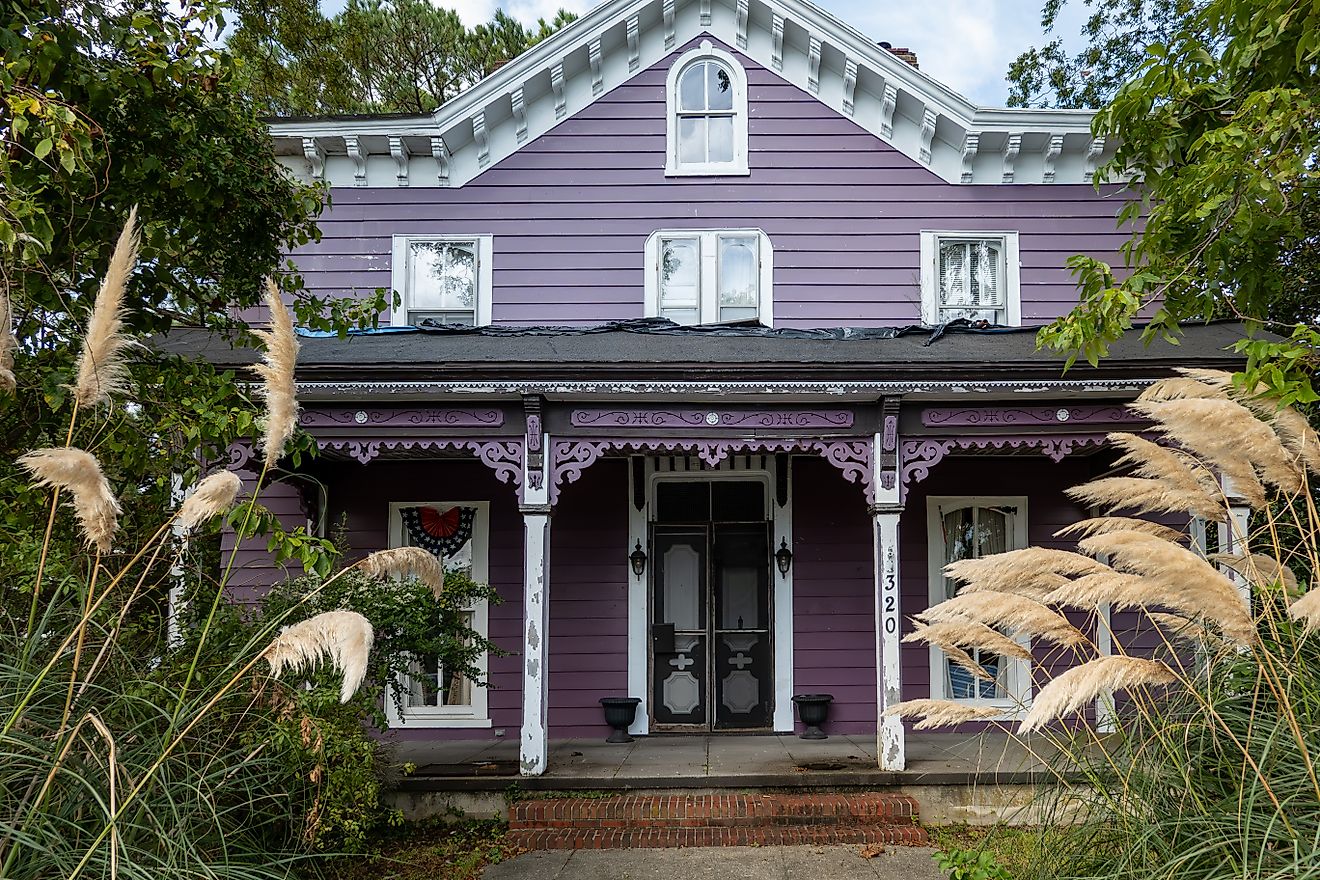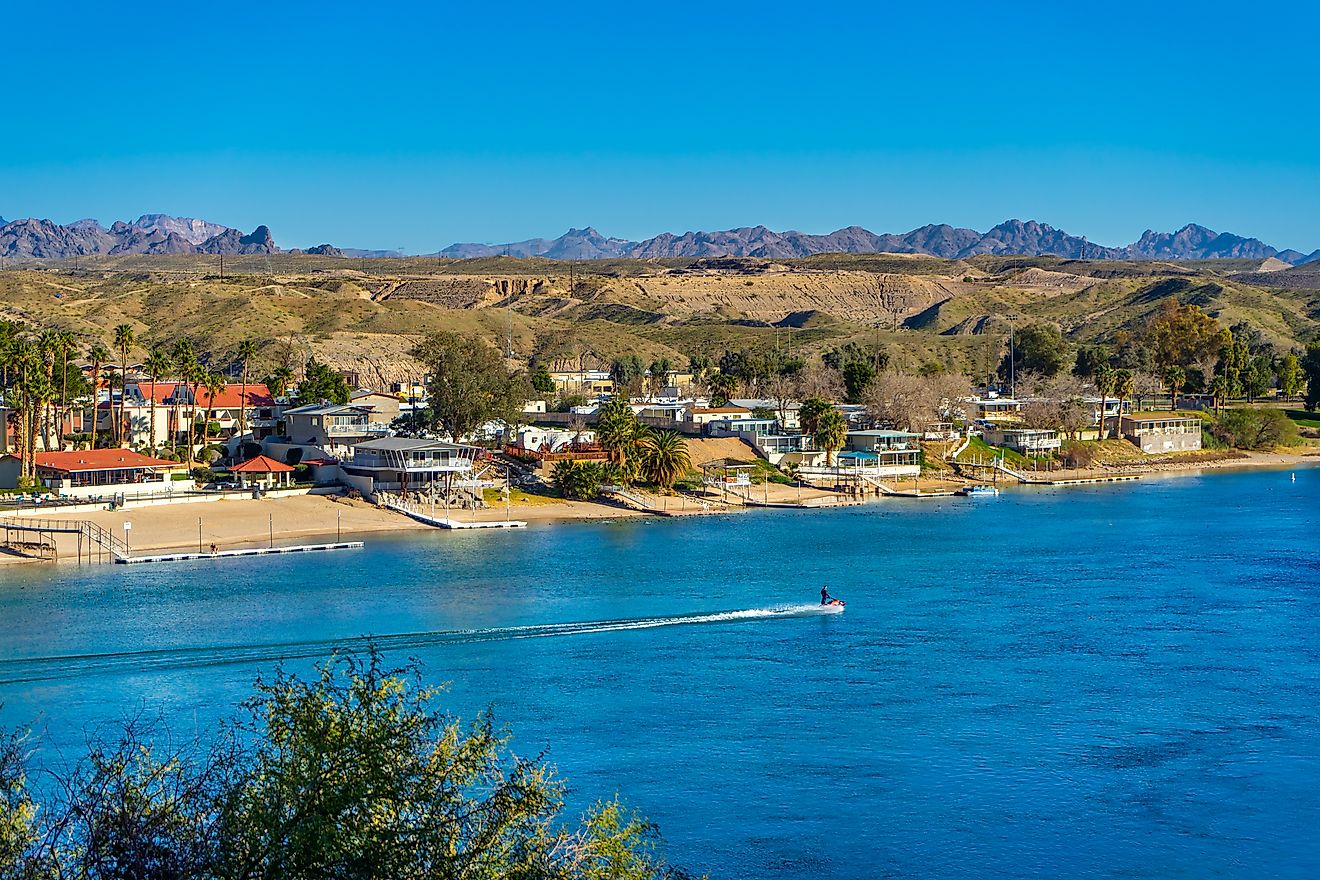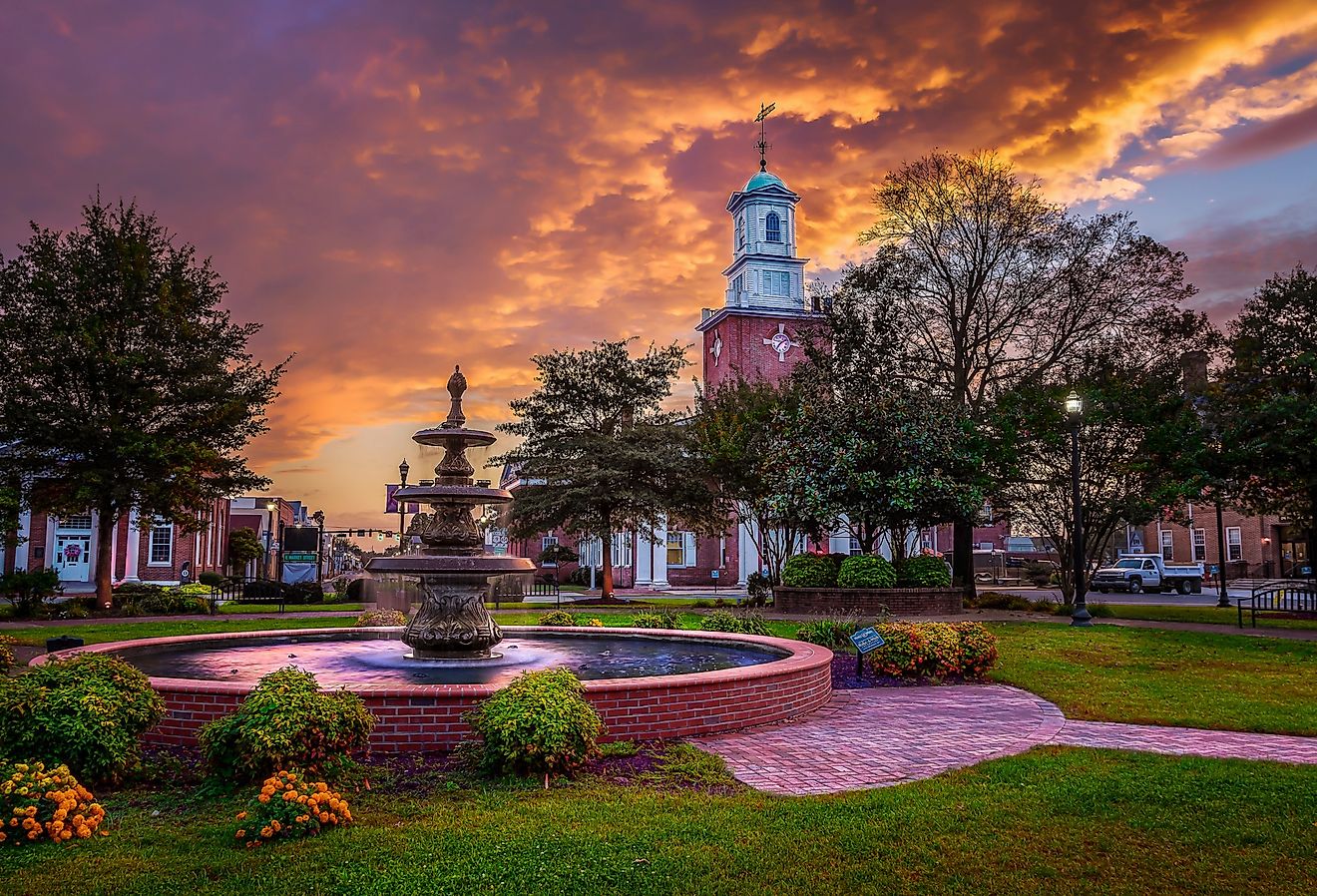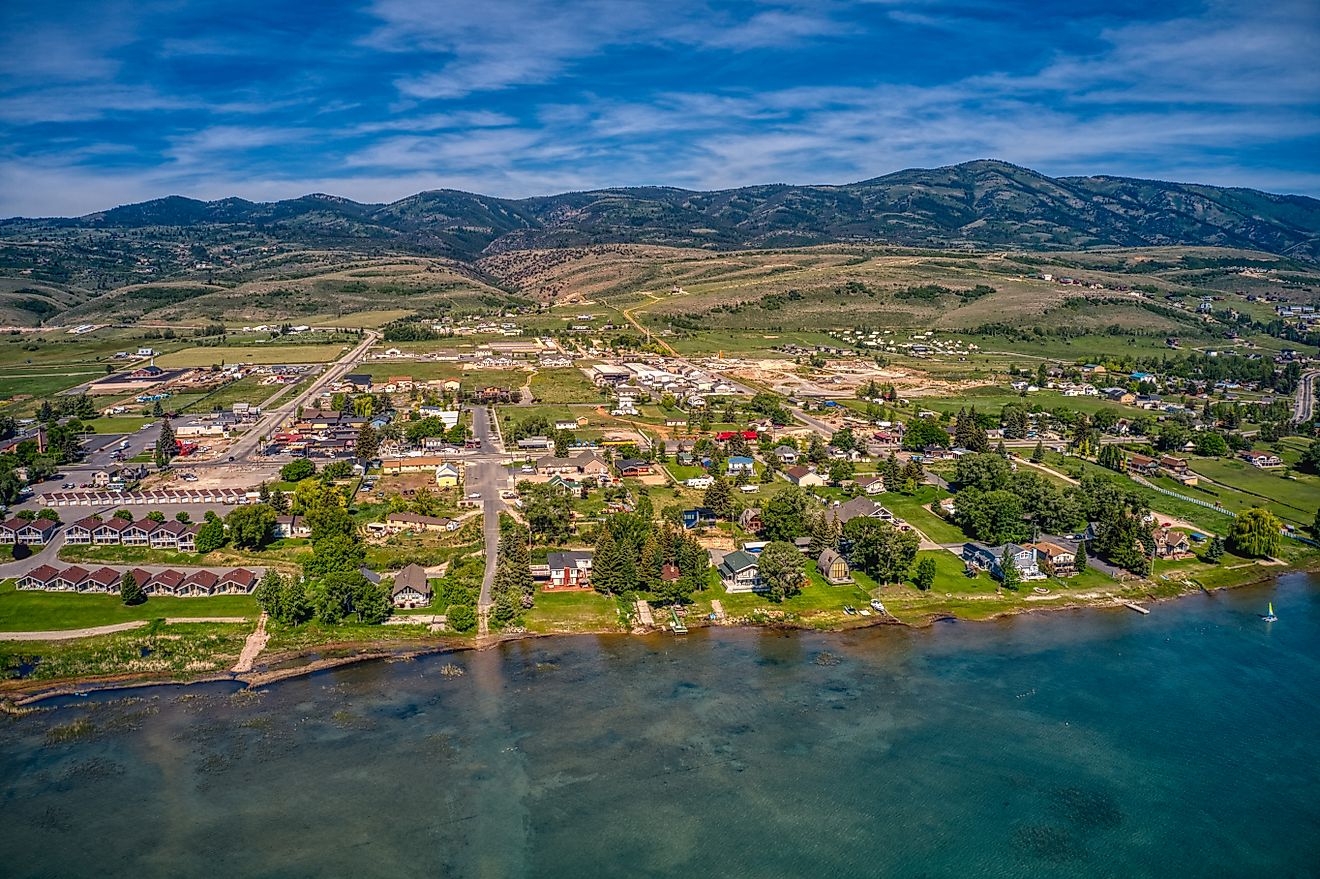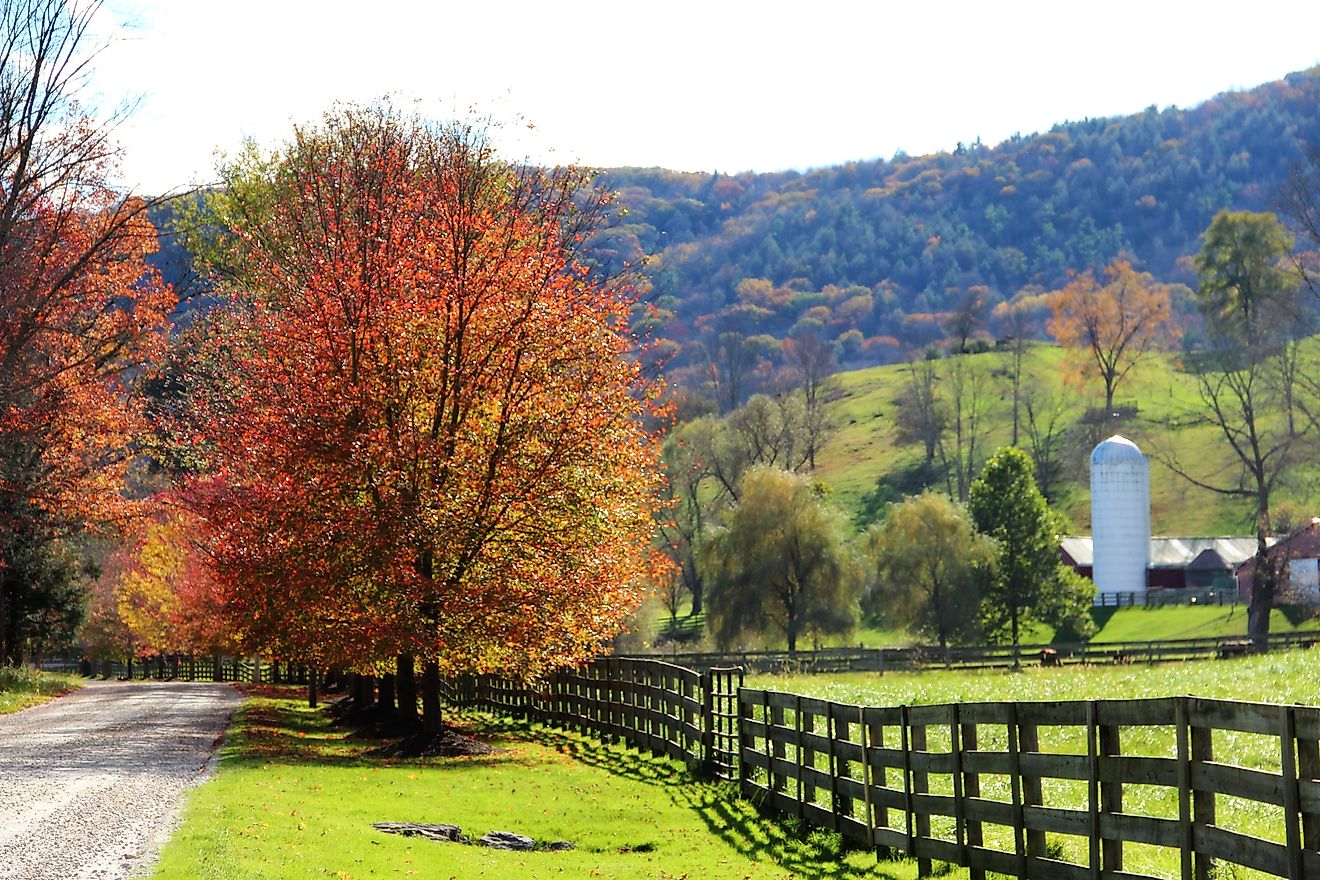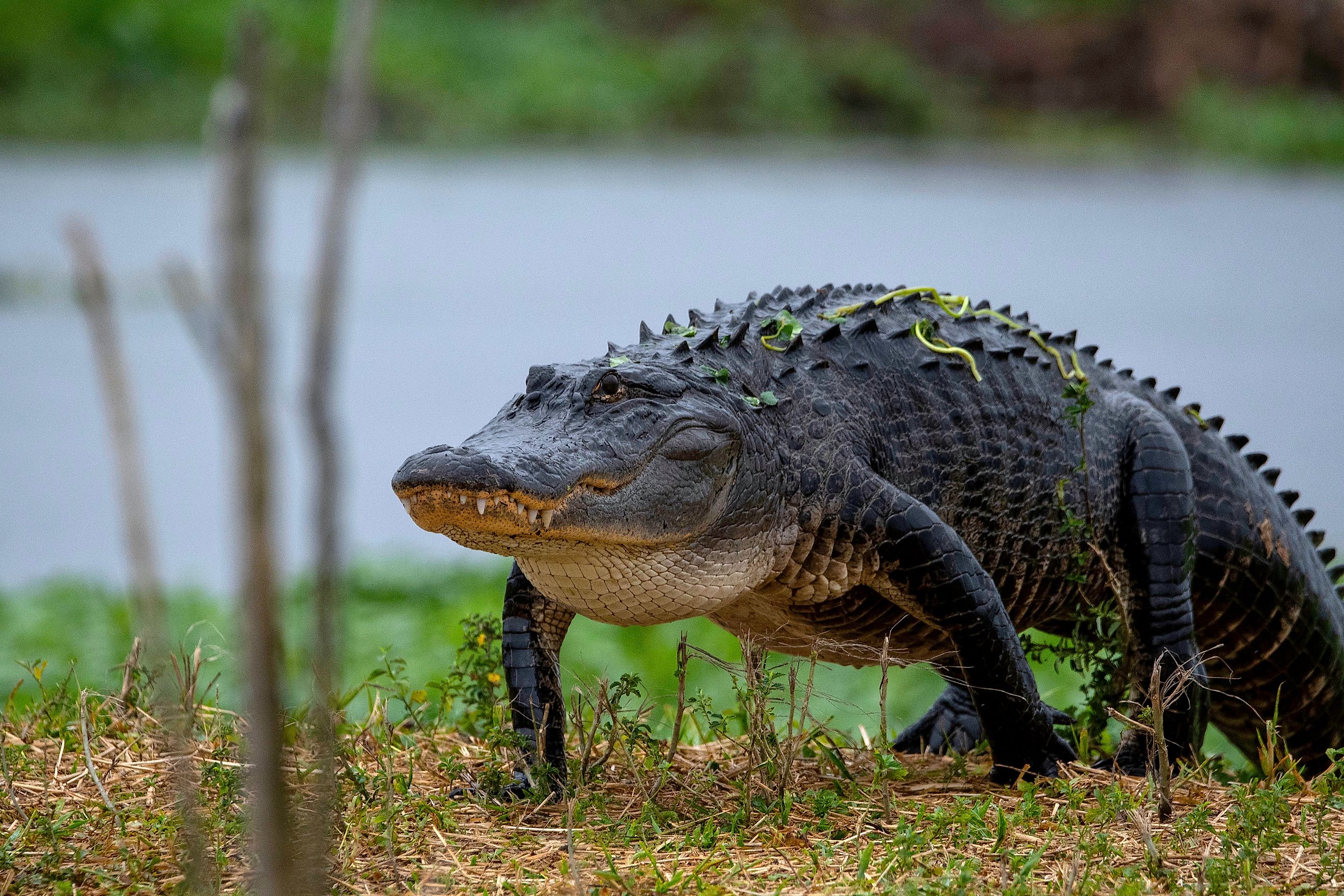
5 Most Alligator Filled Places In Louisiana
Deep in Louisiana's swamps and wetlands, alligators rule as they have for millions of years. These ancient reptiles aren't just surviving here - they are truly thriving, with Louisiana hosting the largest alligator population in America. While you might spot an alligator in almost any Louisiana waterway, some places stand out as true gator country. Here are five locations where these magnificent predators gather in impressive numbers, each spot offering its own unique glimpse into their wild world.
Atchafalaya Basin - The Gator Metropolis
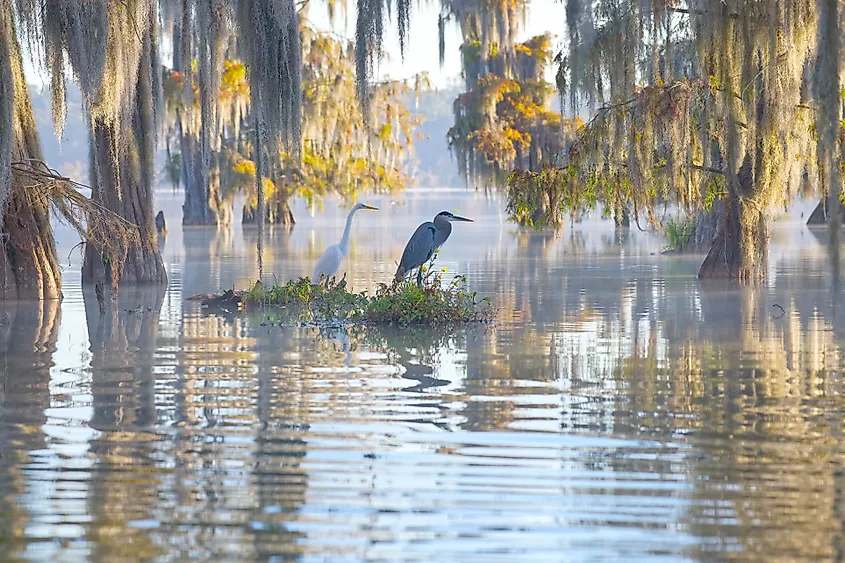
The Atchafalaya Basin is known for being America's largest swamp, but it's also a massive wild kingdom where alligators reign supreme. Spanning nearly a million acres, this vast wetland provides everything alligators need to thrive: abundant prey, countless quiet bayous for nesting, and water temperatures that stay just right through most of the year.
What makes this place so special for alligators is its incredible diversity of habitats. Deep, slow-moving bayous wind through cypress-tupelo swamps, while shallow marshes offer perfect basking spots. The basin's complex network of waterways creates endless edges - those sweet spots where water meets land - which alligators love for hunting and nesting. Spring brings an explosion of fish populations, turning the basin into an all-you-can-eat buffet for hungry gators.
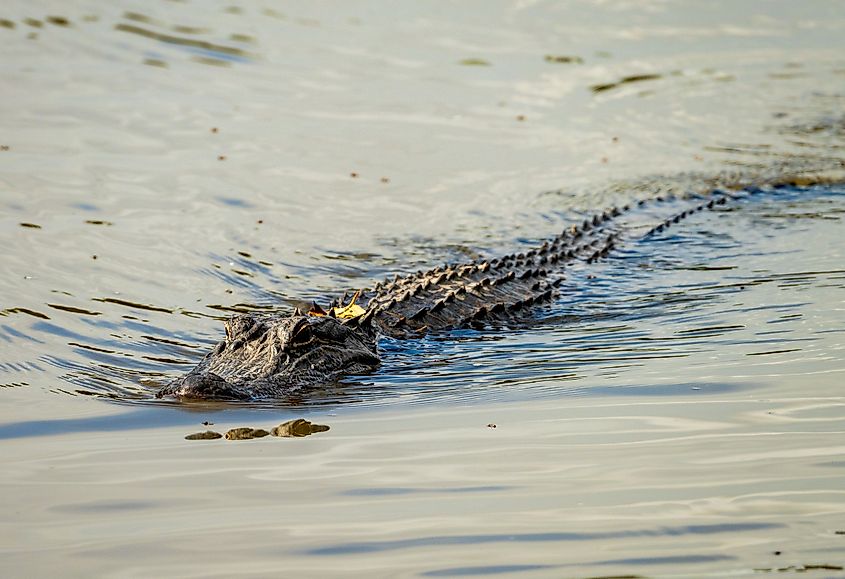
During summer months, you'll spot them sunning on logs or floating with just their eyes above water. Female alligators build their nests in the raised areas among the cypress trees, using vegetation that ferments and helps incubate their eggs - a testament to how perfectly suited this ecosystem is to their needs.
Jean Lafitte National Historical Park and Preserve - The Urban Wild
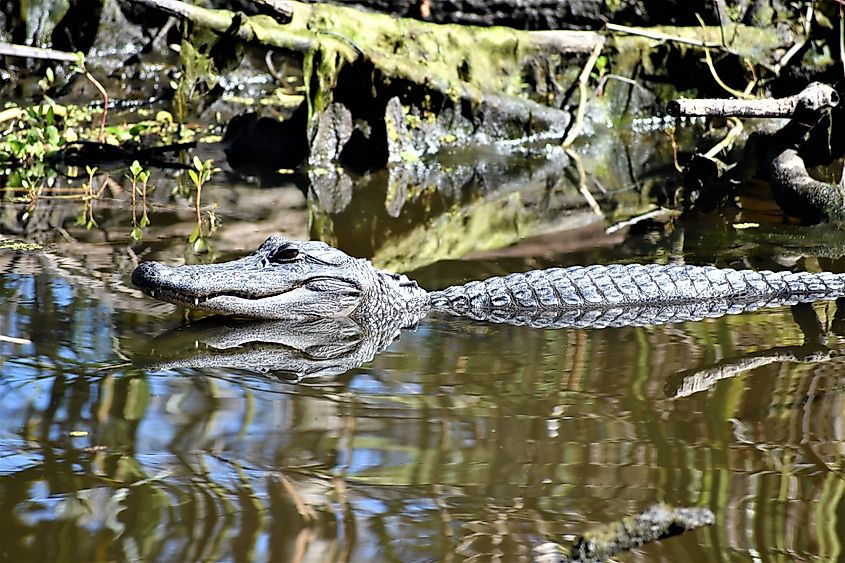
Just outside New Orleans, Jean Lafitte offers something remarkable - a pristine alligator habitat right on the edge of a major city (about a half-hour drive from New Orleans). The preserve's boardwalks wind through cypress-tupelo swamps where alligators have carved out a successful existence despite their urban neighbors. The brackish waters here create a unique environment where both freshwater and saltwater species thrive, providing alligators with a diverse menu.
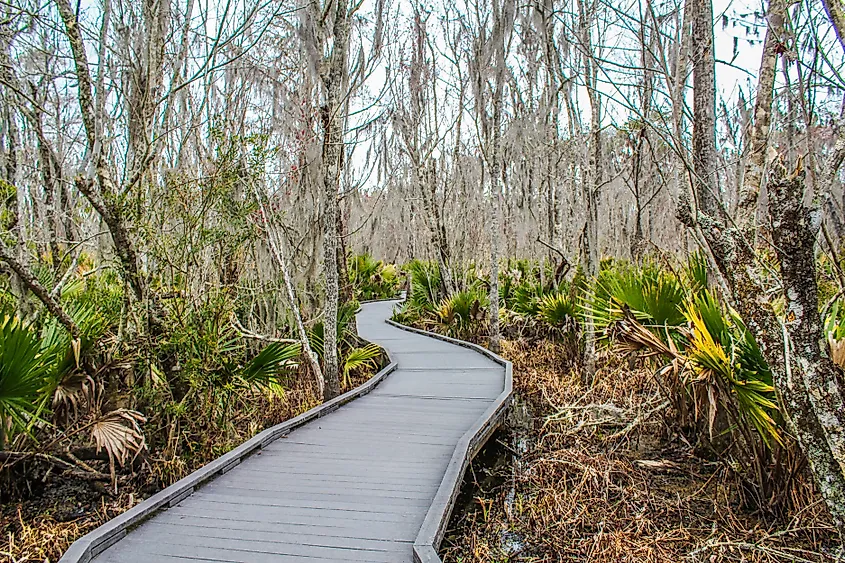
The preserve's protected status means these alligators face minimal human interference, allowing them to behave naturally. They're particularly active during spring breeding season, when male alligators' bellowing echoes through the swamp. The elevated boardwalks offer safe viewing opportunities, making it possible to watch these prehistoric predators going about their daily routines - from territorial displays to hunting techniques.
Salvador Wildlife Management Area - The Hidden Haven
Located in St. Charles Parish, the Salvador Wildlife Management Area represents one of Louisiana's most pristine alligator habitats. This 31,000-acre tract of fresh to intermediate marsh might seem monotonous at first glance, but it's precisely this landscape that alligators find irresistible. The area's shallow waters heat up quickly in spring, triggering early breeding activity and providing perfect conditions for young alligators.
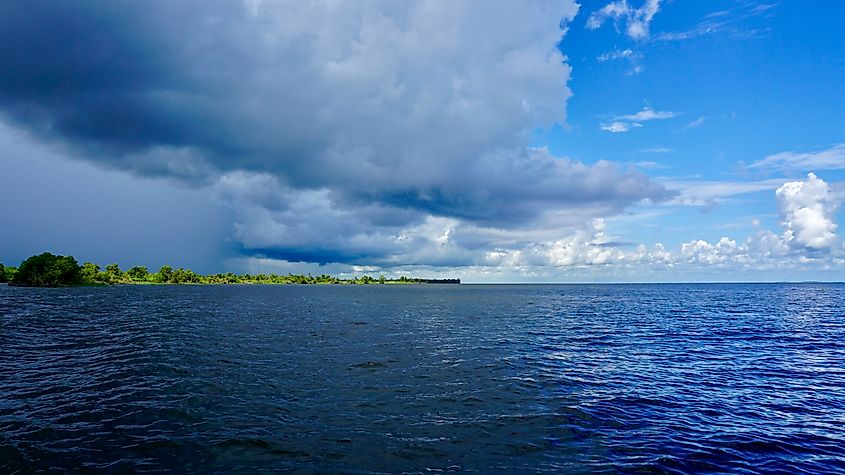
What makes Salvador special is its mix of open water and dense marsh grass. This creates ideal hunting conditions where alligators can ambush prey while staying hidden. The area's abundant crawfish population provides a reliable food source, while the thick vegetation offers countless nesting sites. During nesting season, female alligators create elevated nests using marsh grass, protecting their eggs from flooding while the decomposing vegetation generates heat for incubation.
Lake Martin/Cypress Island Preserve - The Photographer's Paradise
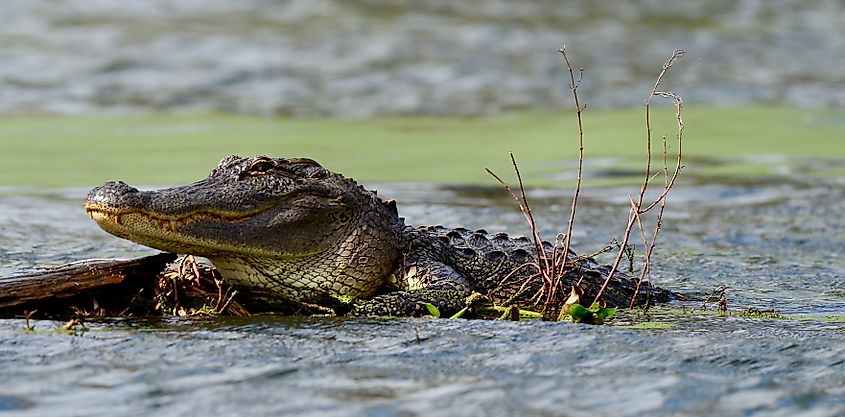
Lake Martin, part of the Cypress Island Preserve, offers one of Louisiana's most accessible yet wild alligator viewing opportunities. The waters here are relatively shallow and clear, making it easier to spot alligators than in the darker waters of deep swamps. The preserve's unique combination of cypress-tupelo swamp and hardwood forest creates perfect conditions for alligators year-round.
What's particularly special about Lake Martin is how the alligators here have become accustomed to respectful human presence, making it possible to observe their natural behaviors up close. During the breeding season, you might witness elaborate courtship displays, while late spring brings the possibility of seeing females guarding their nests. The lake's abundant bird rookeries also mean plenty of hunting opportunities for the alligators, who take advantage of fallen chicks during nesting season.
Rockefeller Wildlife Refuge - The Coastal Kingdom

Stretching along 26 miles of Gulf Coast, Rockefeller Wildlife Refuge presents a different side of alligator habitat - one where fresh and saltwater meet. This 71,000-acre refuge has been crucial to alligator research and conservation and hosts one of the highest alligator densities in Louisiana. The mixture of marsh and marine environments creates unique opportunities for alligators, who primarily stick to fresher waters but occasionally venture into brackish areas.
What makes Rockefeller remarkable is its role in alligator population recovery. The refuge's carefully managed environment has helped maintain healthy alligator numbers, with some of the largest specimens in the state calling it home. The abundant food supply - everything from blue crabs to waterfowl - supports impressive population densities, while the variety of water depths and vegetation types provides optimal conditions for all life stages, from hatchling to adult.
Each of these locations tells its own story about how alligators have adapted to Louisiana's diverse wetland environments. These ancient reptiles don't just survive here - they shape the very ecosystems they inhabit, playing important roles in maintaining the health and biodiversity of these remarkable wetlands. When visiting these spots, remember you're entering their domain, where they have thrived for millions of years, maintaining an ancient rhythm that continues to this day.
